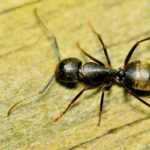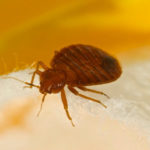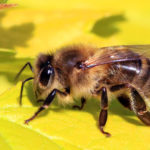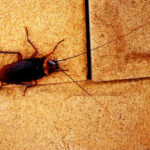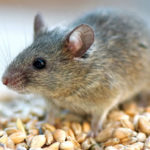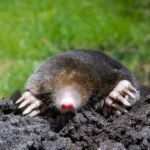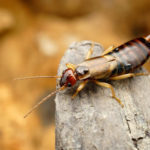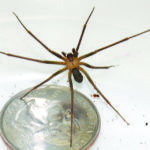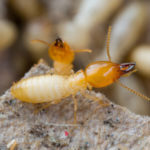Ants
Carpenter Ants
Most carpenter ant species establish their first nest in decayed wood and later expand or enlarge this into sound wood.
Biology:
Black carpenter ants have colonies that are of moderate size, usually containing over 3,000 workers (up to 10-15,000 which includes satellite nests) when maturity is reached or about 3 to 6 years. The typical western carpenter ant (C. modoc) mature colony contain about 10-20,000 workers, with large colonies having up to 100,000 workers Developmental time (egg to adult) for workers takes at least 60 days. Workers are polymorphic, with majors, minors and intermediates present. There is usually only one functional, wingless queen per colony. Swarmers are not produced until the colony is more than 6 years old for C. modoc. Swarmers appear from May until August in the east and from February through June in the west. During swarming, food location and feeding is unimportant.
Habits:
Most carpenter ant species establish their first nest in decayed wood and later expand or enlarge this into sound wood. Inside, nests are located in wood (preferably softened by fungus rot), in insulation, and/or in wall voids. Workers are a nuisance when out searching for food but are destructive to timbers utilized for nesting activities. Outside, nests are typically located in rolling fence posts, stumps, old firewood, dead portions of standing trees, and under stones or fallen logs.
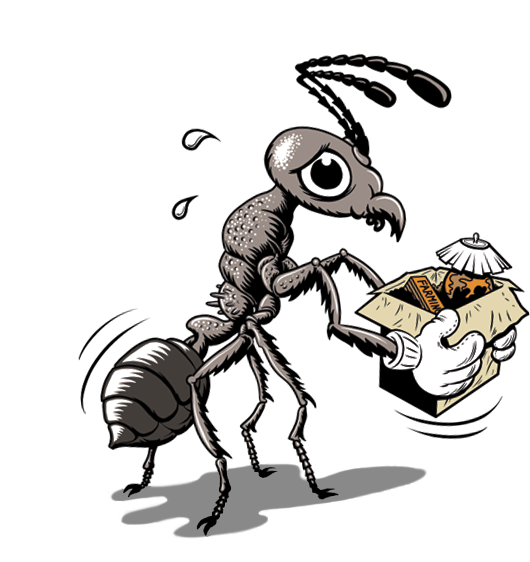
Critters
bothering you?
Set the move-out date for your pests today by calling Northwest Pest Control!
